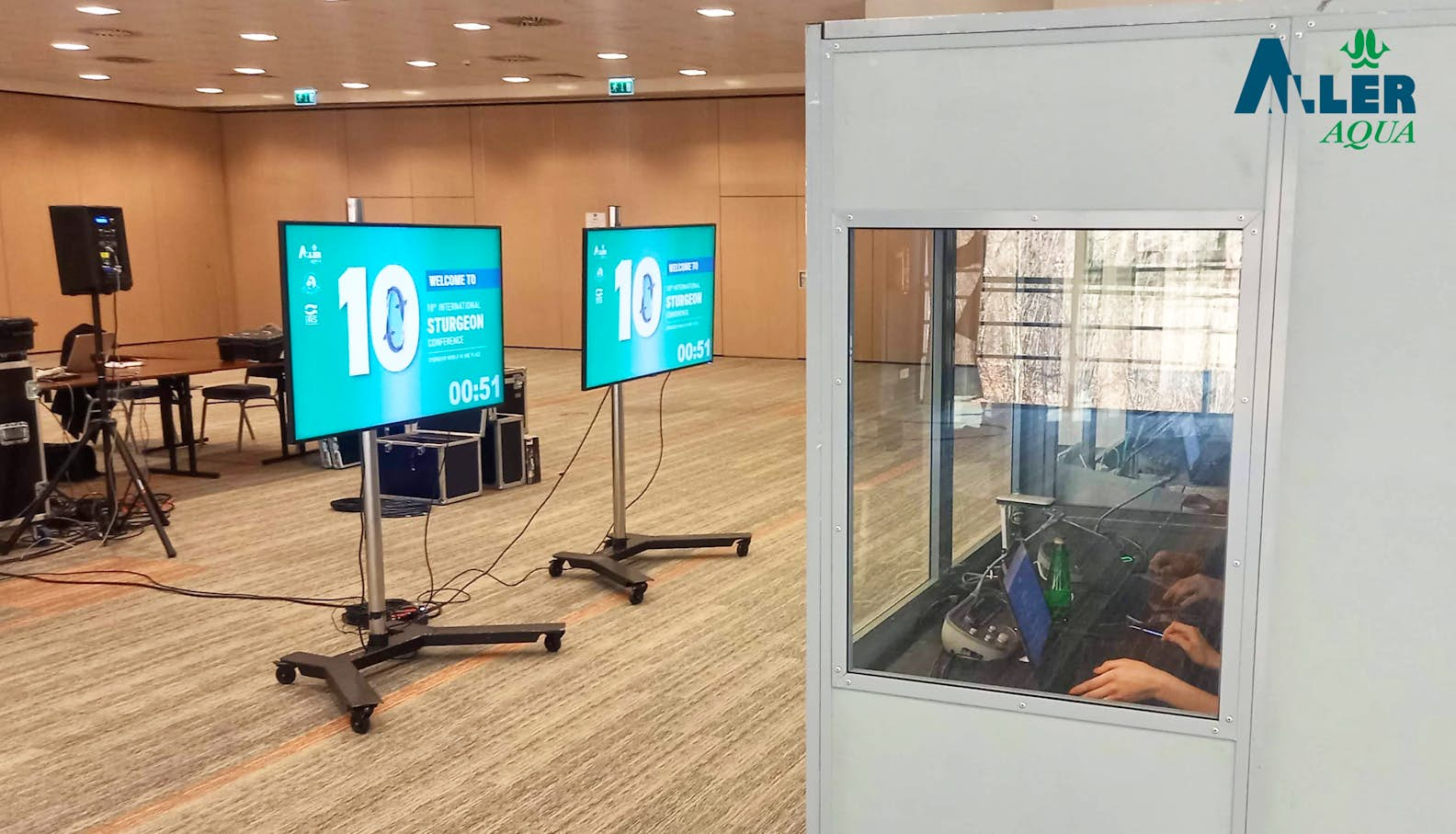The 10th International Sturgeon Conference was successfully conducted
The 10th international Sturgeon Conference was held online on the 25th of November 2021. The event gathered sturgeon farmers, caviar producers, experts, and other stakeholders within sturgeon aquaculture from different nationalities.
Jacek Juchniewicz the CEO of Aller Aqua Polska, started the conference bidding welcome to everyone. Paolo Bronzi then took the virtual stage presenting the production development of caviar across the globe through the years. He finalized his speech with essential input about current caviar trends.
Wei Qiwei talked about sturgeon conservation and the advancements of methods and technology in China. These developments have enabled successful results with artificial breeding thus protecting the wildlife and the endangered species.
M. Pourkazemi presented to the participants the strategy Iran has chosen to support the industry, as a leading country in the caviar sector. The growth and development of the industry is supported by numerous events and activities. These activities have played an important role in increasing awareness of caviar production, best practices and helping farmers to improve their farming methods.
Joel Van Eenennaam touched upon the current challenges and countermeasures in broodstock maintenance and development. The presentation was followed by technical details about broodstock rearing techniques for white sturgeon.
Mikhail Chebanov expanded on the topic of challenges and countermeasures in broodstock maintenance and rearing of juveniles. He presented recent facts and technologies of sturgeon rearing practices, such as the ultrasound as a screening tool for a precise feeding regiment and for ensuring normal gametogenesis while preventing diseases and malformations.
Harald Rosenthal addressed concerns about climate change and its effect on sturgeon populations long term.
During the conference, the participants had the opportunity to learn about the effectiveness of artificial reproduction of sturgeon grown in ponds and recirculating systems which was presented by Mirosław Szczepkowski.
Tania Pérez Sánchez spoke about another important matter, namely potential sturgeon diseases, the modulation of microbiota, and the immune response to it.
Dr. Tillner walked the participants through a sturgeon lifecycle and explained the importance of both feed and environment to sturgeon production. He included factors affecting growth negatively and discussed what the aquafeed industry is doing to prevent this through functional feeds. Dr. Tillner further addressed caviar production, as well as additives and vitamins in sturgeon feeds.
Lastly, Beate Striebel spoke about the evidence for trafficking of sturgeon in the Lower Danube. In response to essential declines in many sturgeon populations globally, competent authorities have implemented surveys and forensic analysis, showing clear evidence of sturgeon trafficking.
Throughout and after the conference, participants had the opportunity to exchange ideas, ask questions or add further comments to the discussed topics.
We would like to thank all participants and lecturers for their contribution to a successful and interesting event. We hope to see you all again for the 11th sturgeon conference.
